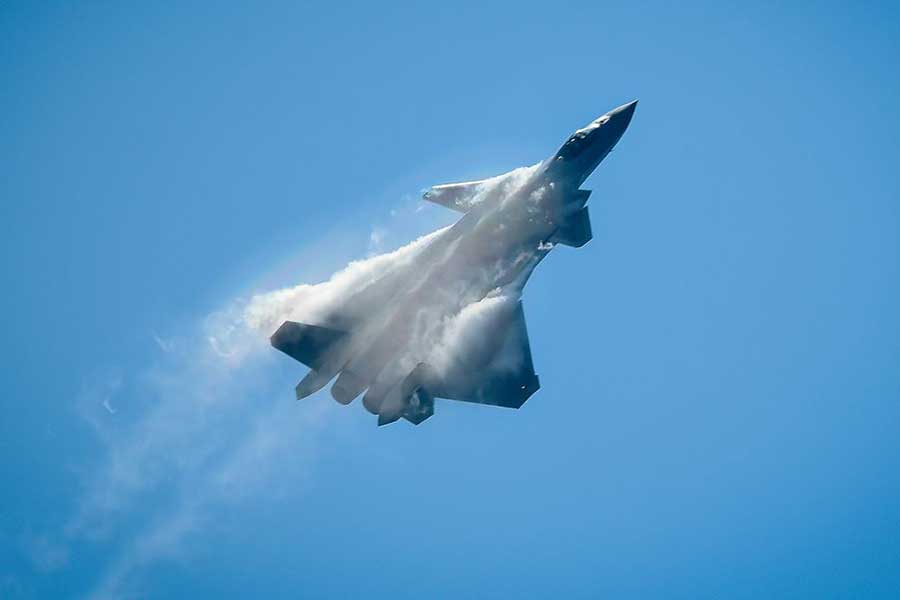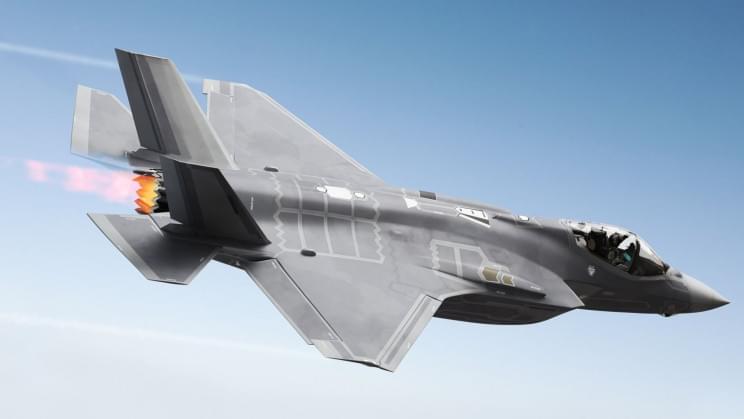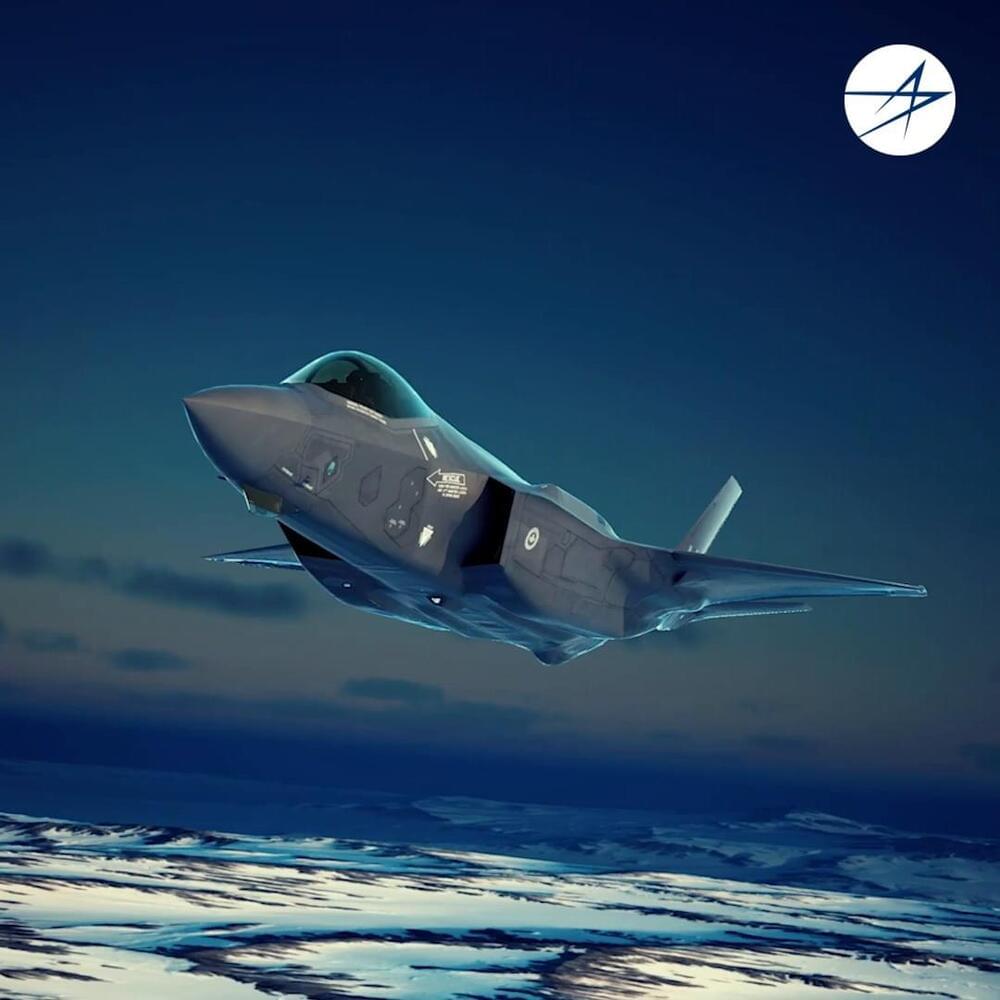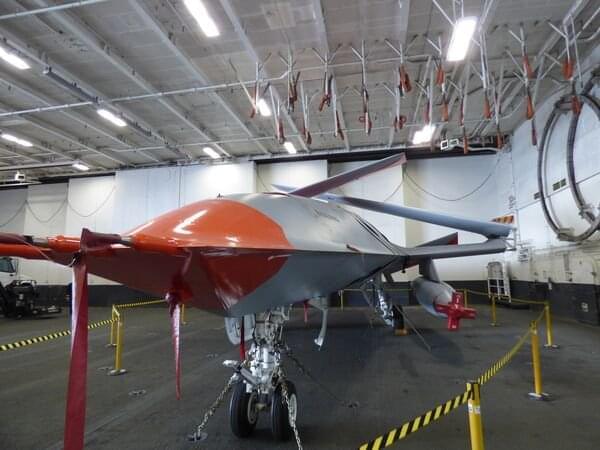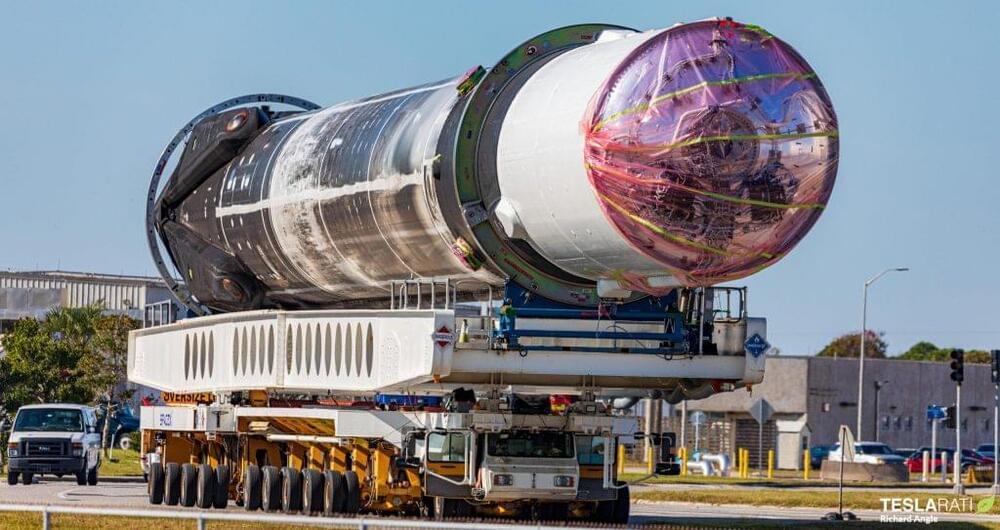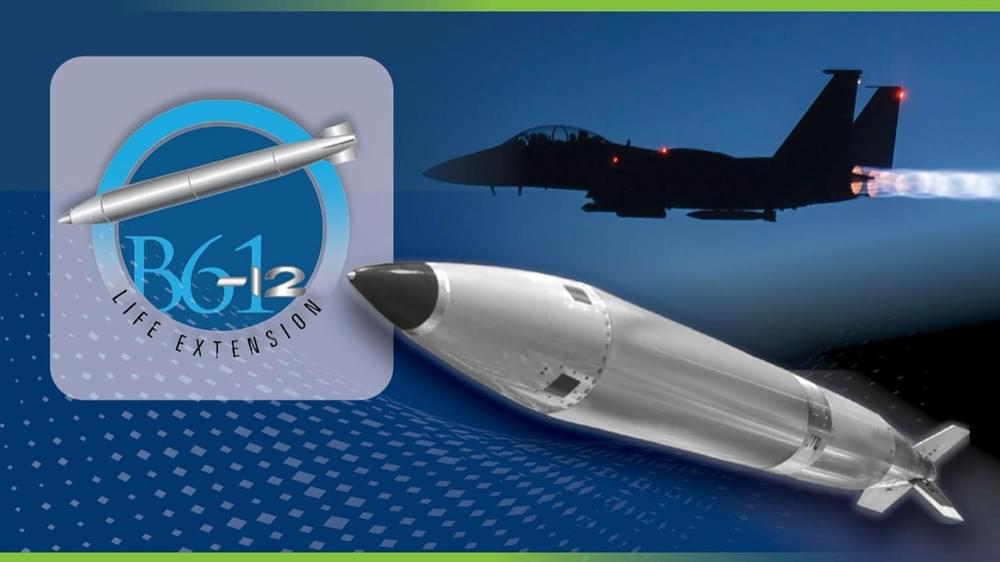Dec 13, 2021
China begins mass production of J-20 fighters because of the WS-10 engine
Posted by Shubham Ghosh Roy in categories: government, military
Global Times, controlled by the government, announced on December 12, that China has “significantly” increased the serial production of the J-20 stealth fighter.
BEIJING, ($1=6.36 Chinese Yuans) – The information website Global Times, controlled by the Chinese government, announced yesterday, December 12, that China has “significantly” increased the serial production of the J-20 stealth fighter, learned BulgarianMilitary.com.
“The transition to imported WS-10 engines has made mass production possible,” said Fu Qiangshao, a Chinese military aviation expert, noting that other J-20 systems, including the avionics system, radar system, and weapons systems, have already been developed. in the country.
Continue reading “China begins mass production of J-20 fighters because of the WS-10 engine” »
